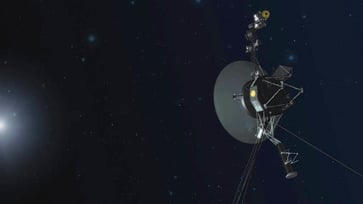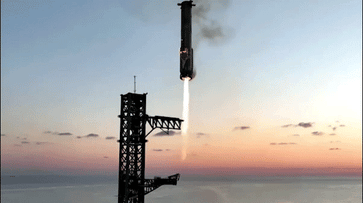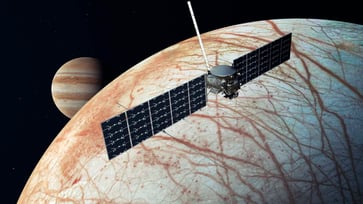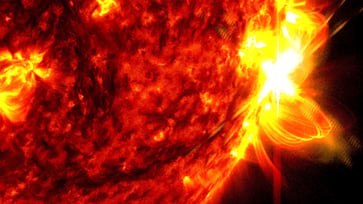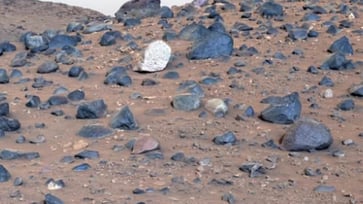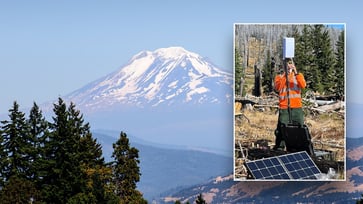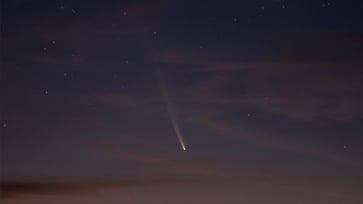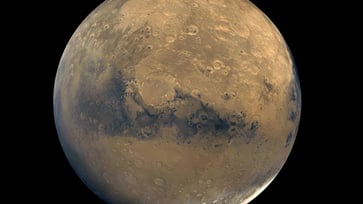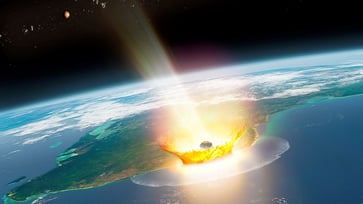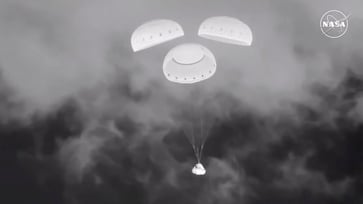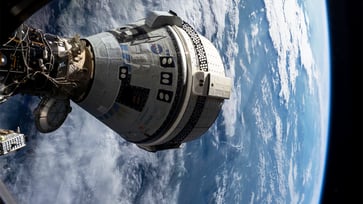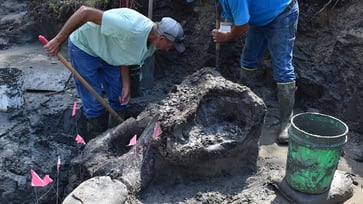The Orionid meteor shower will illuminate the night sky throughout November.
Halley's Comet produced the Orionids, which were last seen by casual astronomers in 1986.
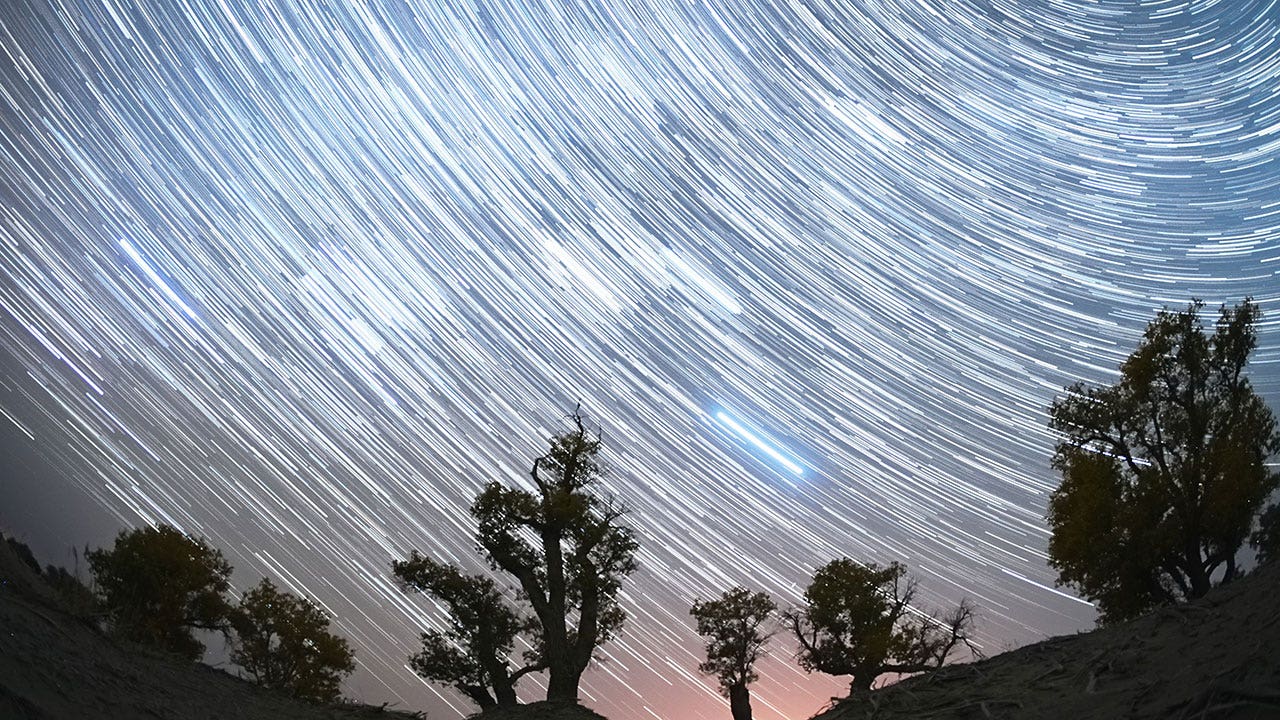
The meteor shower known as the Orionids, renowned for its beauty, will illuminate the sky with numerous shooting stars throughout the next month.
The Orionids peak annually in mid-October, with meteors renowned for their brilliance and velocity, as stated by NASA.
The visibility of shooting stars is affected by clear nighttime skies and the bright waning gibbous moon, which outshines fainter meteors and reduces their number.
NASA reports that some Orionids create glowing "trains" or incandescent debris in their wake, which can last for several minutes, and faster meteors may turn into fireballs.

Framed by the brightest stars in the night sky, the Orionids meteors are fragments of Halley's Comet.
NASA stated that when Halley returns to the inner solar system, its nucleus sheds ice and rocky dust into space. These dust grains eventually become the Orionids in October and the Eta Aquarids in May if they collide with Earth's atmosphere.
During the peak of the meteor shower on Monday, Northern Hemisphere skywatchers could potentially observe up to 15 meteors per hour.

A dark sky away from light pollution is the second most important viewing condition, while clear skies are also important.
To enhance their skywatching experience, Bill Cooke, head of NASA's Meteoroid Environment Office at Marshall Space Flight Center in Huntsville, Alabama, recommends avoiding city lights.
"NASA's site advises bringing a blanket and lying flat on your back with your eyes upwards to take in as much of the sky as possible. In less than 30 minutes in the dark, your eyes will adapt and you will begin to see meteors."

The Orionids are visible in both hemispheres after midnight until dawn, according to NASA.
The Orionids meteor shower will be active from Oct. 21 to Nov. 22.
NASA announced that Halley's Comet will not be visible to casual astronomers until 2061, as it takes the comet 76 years to orbit the sun and the last time it was seen was in 1986.
science
You might also like
- Lunar modules from the first two moon landings have been captured in stunning detail by Orbiter photos, more than 50 years after the historic missions.
- Discovery of a remarkable mastodon jaw in a New York homeowner's backyard
- NASA resumes communication with Interstellar Voyager 1 after pause.
- In 2055, the asteroid that was once referred to as Earth's "mini moon" will make a return visit.
- A new species of sea slug that resides in the ocean's 'midnight zone' has been discovered with a glowing appearance.
